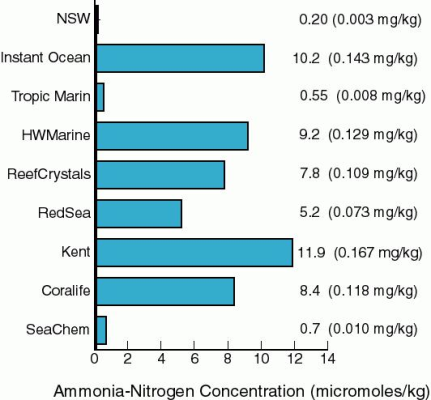I’m not familiar with this papers, I’ve read other paper from Feldman, from a quick read Feldman is not saying that all carbon dosing is the reason for coral degradation, he mentioned the carbohydrates produced by zooxanthellae potentially being a source of DOC for bad bacteria like vibrio (not something we observe often in the hobby). He also mentions a hypothesis on how carbon dosing can kill in aquaria although reasons are unknown apparently. . . .
Feldman is where I got started. His articles seemed a bit basic to me and I was very curious as what I had seen in my systems the previous 2 decades didn't jive with the notion that high nutrients directly cause algae issues or coral problems. Stumbling across the Northern Line Islands work by Rohwer and company led to Kline, et all, paper (confirming what I had observed) led to Rohwer's book and subsequntly to additional research being done in hte last decade.
One of the ways labile DOC, aka carbon dosing, kills corals is by allowing heterotrophic bacteria in coral holobionts to utilize the refractory DOC to grow potentially causing disease or suffocating corals
























